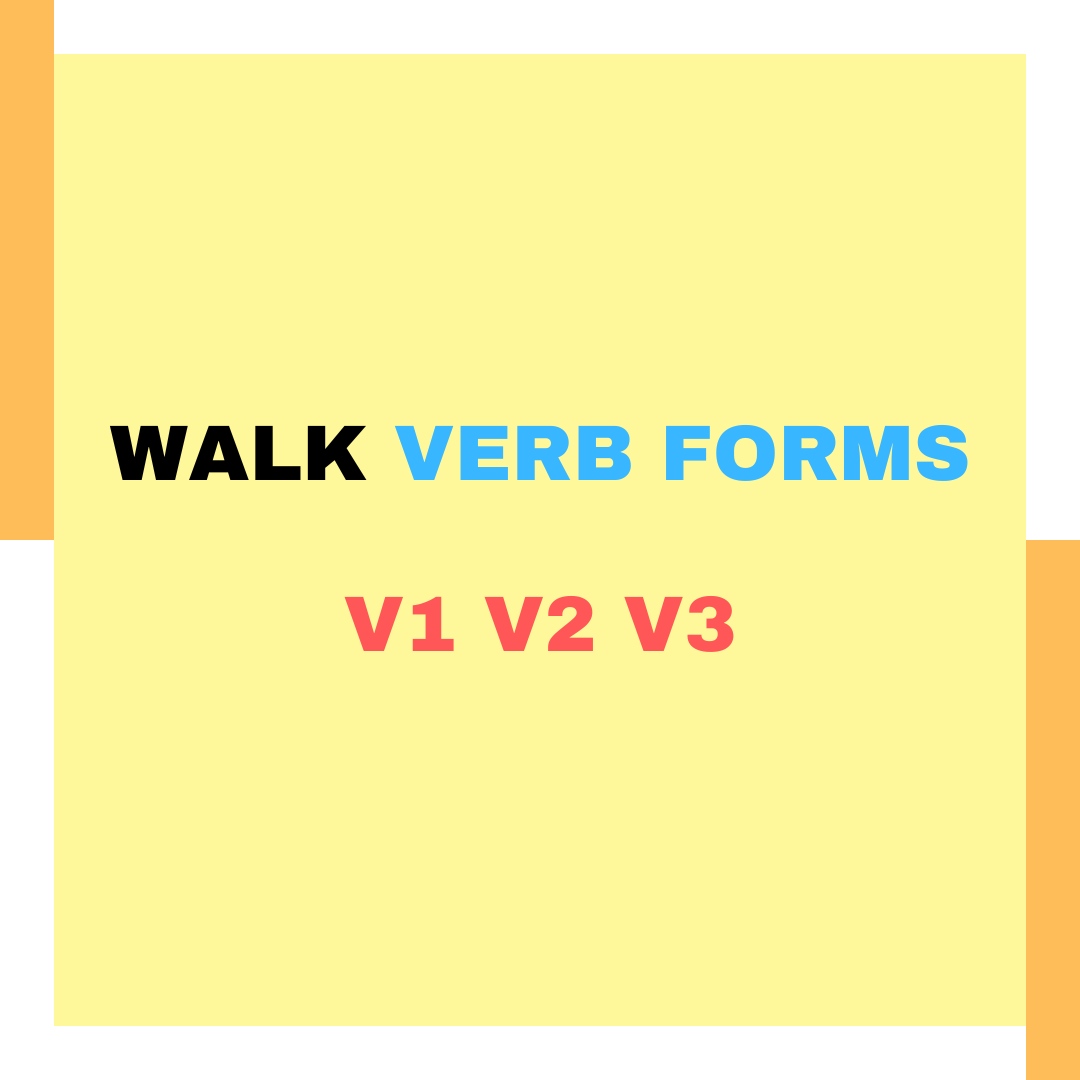Understanding Walk Verb Forms
Understanding verb forms is fundamental to mastering English grammar. One of the most common and essential verbs in English is “walk.” This article delves into the various walk verb forms, providing insights into its conjugation across different tenses and participles, along with examples to aid in comprehension.
What is a Verb Form?
Verb forms refer to the different states a verb can take to convey various times, moods, voices, and conditions. In English, verbs typically have five forms: the base form, the past simple, the past participle, the present participle, and the third person singular present.
Read to know about How to Speak Fluent English without Hesitation.
How to Use Walk in Different Tenses
Present Tense of Walk
The present tense of walk describes actions that are habitual or currently happening.
Examples of walk present tense:
- I walk to the gym every morning. (habitual action)
- He walks to the store every day. (habitual action)
Past Tense of Walk
The past tense of walk is used for actions that have already happened.
Examples of walk past tense:
- She walked to her friend’s house yesterday.
- They walked in the park last weekend.
Future Tense of Walk
The future tense of walk describes actions that will happen.
Examples of walk future tense:
- We will walk to the museum next week.
- He is going to walk the dog later.
Verb Form of Walk in English
Walk Verb Forms V1 V2 V3
V1 – Base Form: Walk
The base form, also known as the infinitive without “to,” is used in the present simple tense, the imperative mood, and the subjunctive mood. It is also the form used after modal verbs (can, will, should, etc.).
Examples:
- I walk to school every day. (present simple)
- Walk carefully! (imperative)
- It’s important that she walk with the group. (subjunctive)
- We can walk to the park. (after a modal verb)
V2 – Past Simple: Walked
The past simple form is used to describe actions that were completed in the past.
Examples:
- She walked to her friend’s house yesterday.
- They walked in the park last weekend.
V3 – Past Participle: Walked
The past participle is used in perfect tenses and the passive voice. It often accompanies auxiliary verbs like “have” and “be.”
Examples:
- I have walked this path many times. (present perfect)
- The letter was walked over to the manager by the assistant. (passive voice)
- By the time she arrived, he had already walked to the store. (past perfect)
Summary of Walk Verb Forms
| Tense | Example Form | Example Sentence |
|---|---|---|
| Base Form (V1) | walk | I walk to school every day. |
| Past Simple (V2) | walked | She walked to her friend’s house yesterday. |
| Past Participle (V3) | walked | I have walked this path many times. |
| Present Simple | walk/walks | She walks her dog every evening. |
| Present Continuous | am/is/are walking | I am walking to the store right now. |
| Past Continuous | was/were walking | She was walking in the park when it started to rain. |
| Future Simple | will walk | I will walk to the meeting tomorrow. |
| Future Continuous | will be walking | I will be walking to the market in the morning. |
| Present Perfect | have/has walked | She has walked the dog already. |
| Past Perfect | had walked | He had walked a long distance before he found help. |
| Future Perfect | will have walked | By next week, I will have walked 50 miles. |
| Present Perfect Continuous | have/has been walking | I have been walking for an hour. |
| Past Perfect Continuous | had been walking | They had been walking for miles before they found shelter. |
| Future Perfect Continuous | will have been walking | By the end of the day, I will have been walking for eight hours. |
Understanding walk verb forms and their uses is crucial for mastering English grammar and enhancing your language skills.
